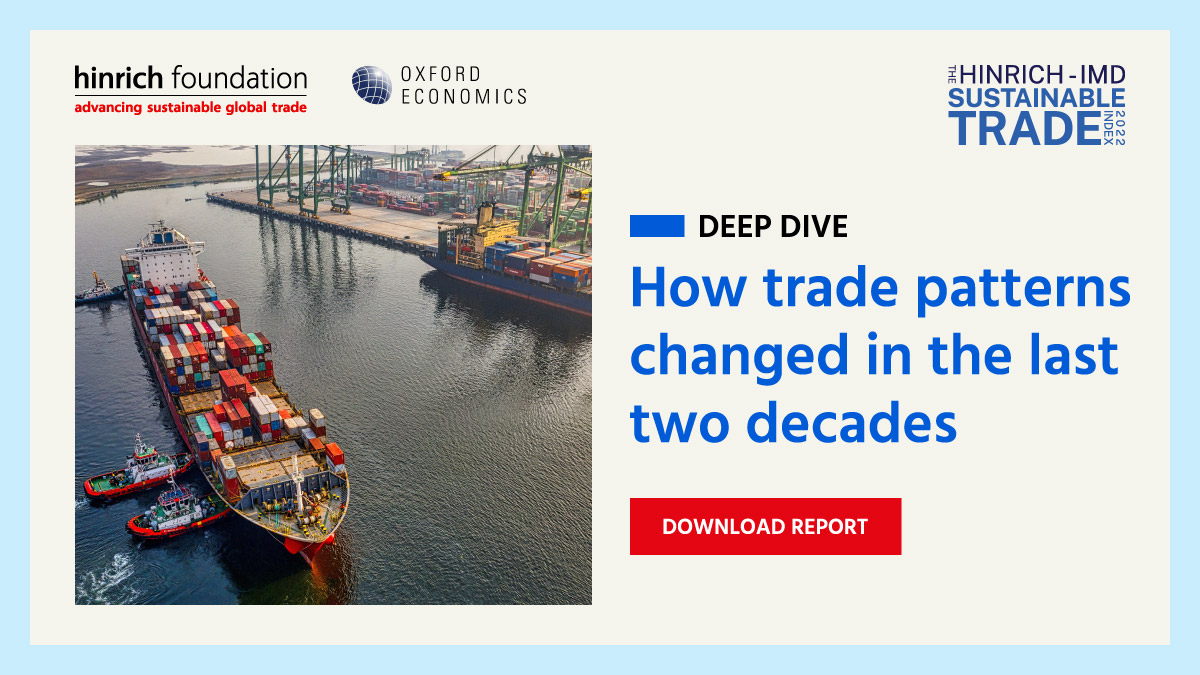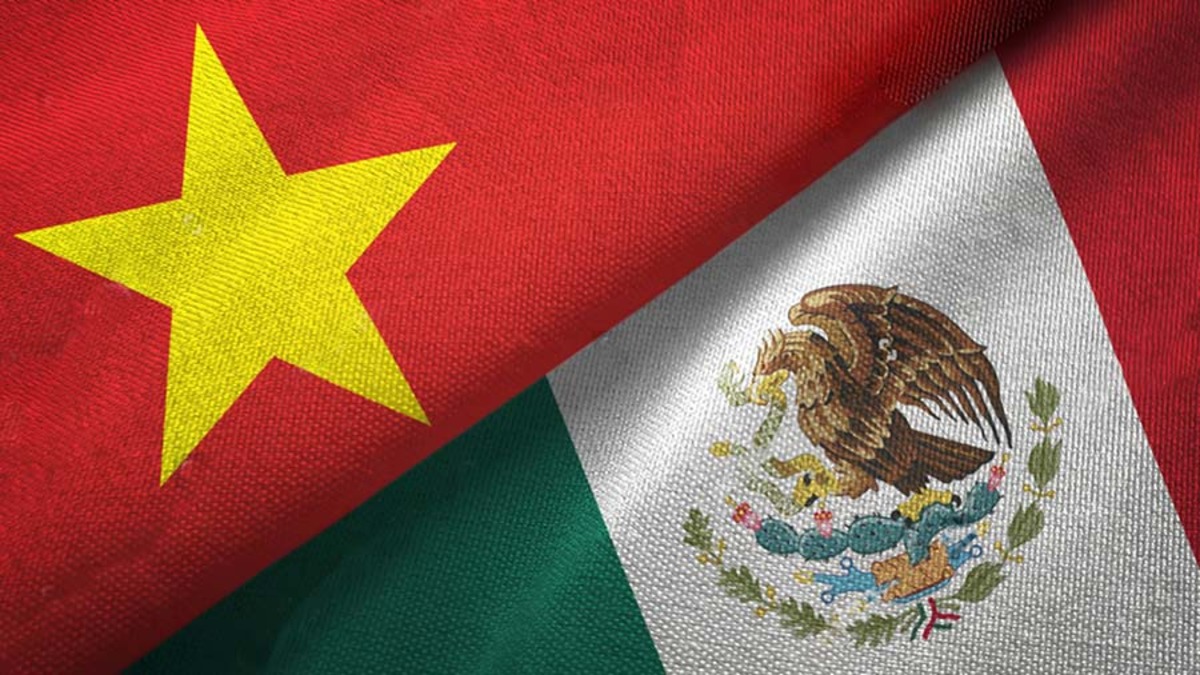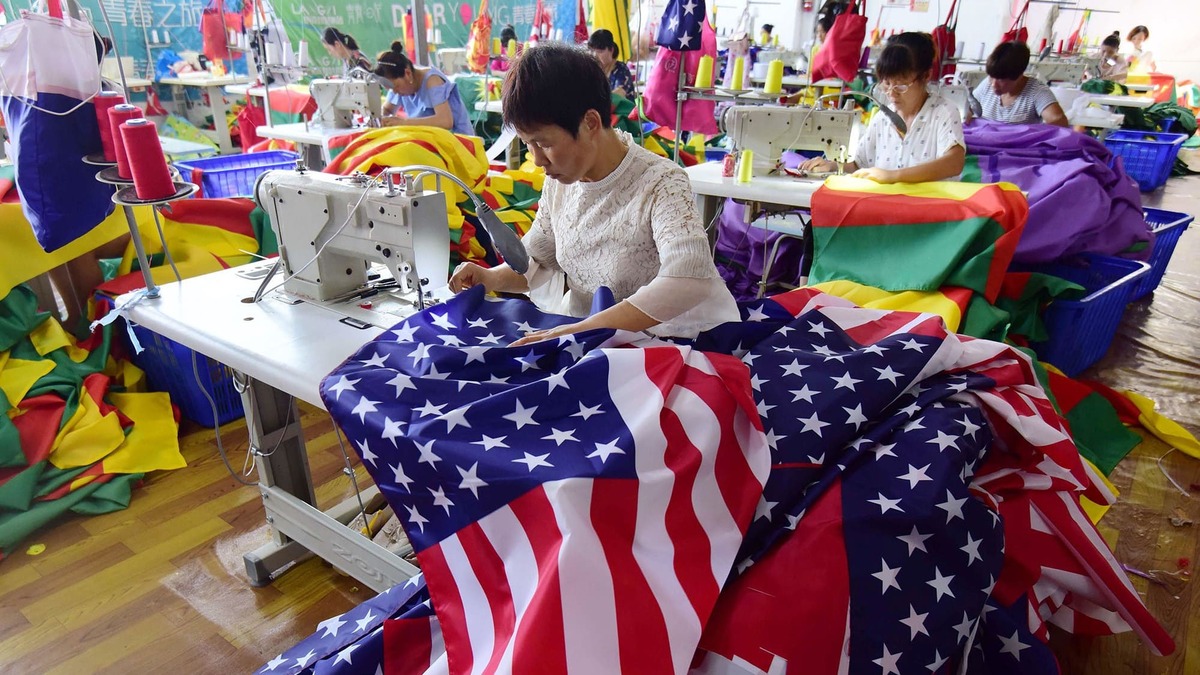Trade and geopolitics
Is China’s overseas direct investment outflanking US trade strategy?
Published 27 August 2024
Geopolitical tensions have led to a decline in Chinese exports to the US by US$240 billion between 2018 and 2023, but trade dependencies between the two superpowers have not fallen to the degree that headlines suggest. Chinese content has strategically relocated to third countries before being exported with value-add to the United States, even as the West seeks to decouple or de-risk from the world's largest manufacturing economy.
(Updated on 10 December 2024 to include infographics)
Superficially, the US appears to be diversifying its sources of imports away from China. But America’s trade dependency on the world’s factory have not been reduced as drastically as headlines suggest. To date, third-country success in accessing the US market to replace Chinese exports has been strongly associated with an increase in investment from China, according to an analysis of fDi Markets data by Senior Research Fellow Stewart Paterson.
Chinese overseas investment in manufacturing will likely continue to increase even after a surge in 2023. This is likely to stoke rising resistance among economies worldwide to fears of Chinese dumping in countries that are trying to nurture their own manufacturing industries.
If one of the objectives of US economic statecraft is to immunize the country from potential economic coercion by China, then it is still work in progress. But the seeds have been sown for a greater degree of genuine diversification of supply.
In the same way that foreign multinational enterprises (MNEs) were at the forefront of building economic scale and expertise in China in the 1980s and 90s, the inflow of Chinese money into third countries will lead to new or growing manufacturing hubs and foster vertical integration abroad. Between 2016 and 2023, China’s greenfield foreign direct investment totaled US$609 billion across 4,900 projects, directly created more than 1.5 million jobs. This could ultimately lead to a more even distribution of manufacturing throughout the world, thus making trade more sustainable and less prone to weaponization.
© The Hinrich Foundation. See our website Terms and conditions for our copyright and reprint policy. All statements of fact and the views, conclusions and recommendations expressed in this publication are the sole responsibility of the author(s).










